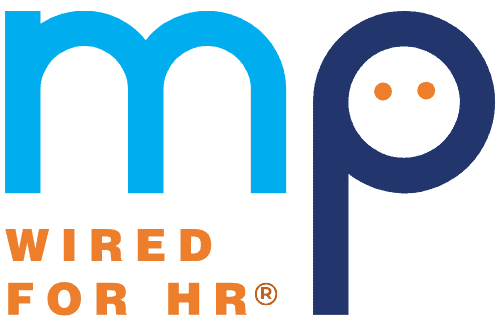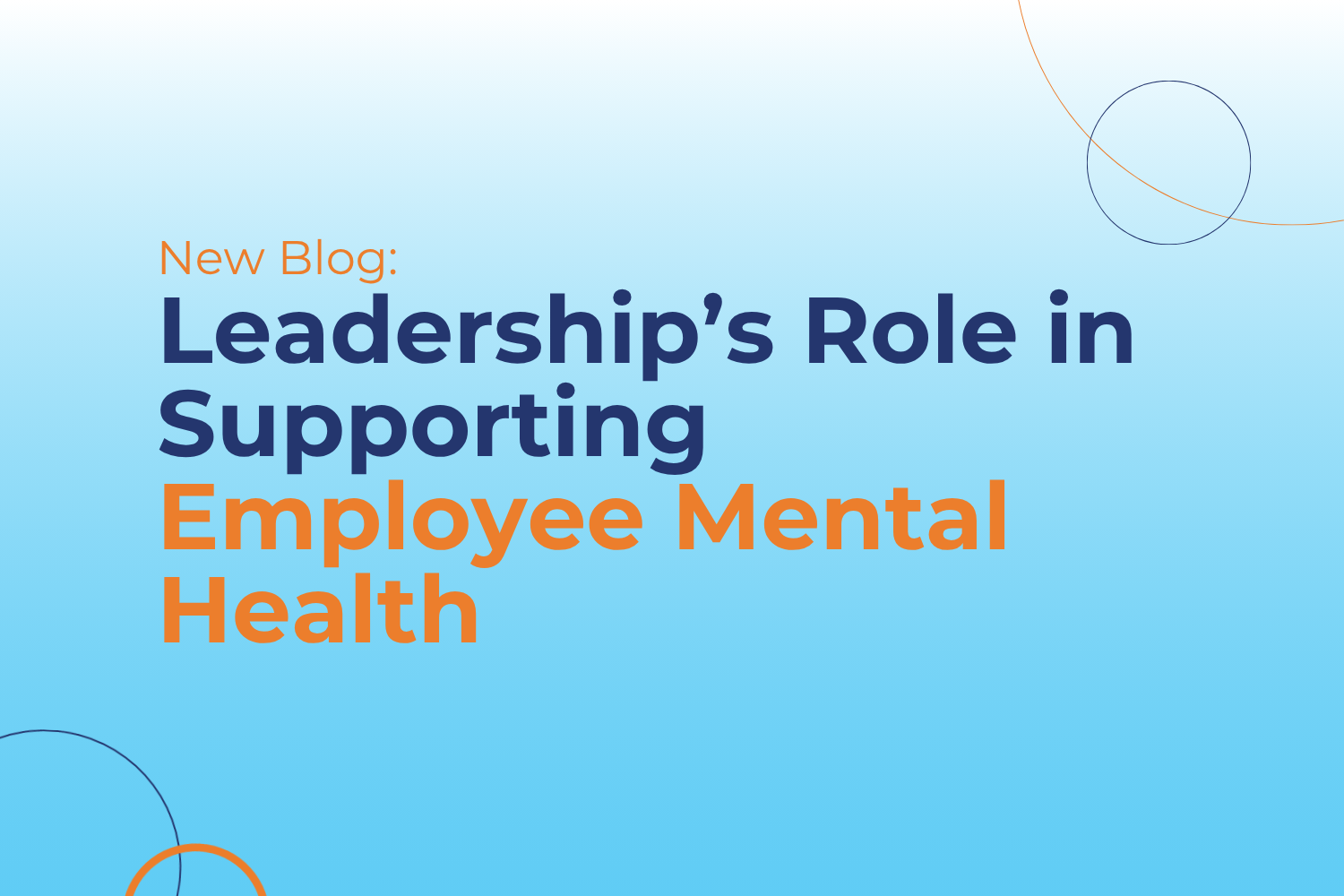Wage and Hour: 5 Steps to Avoid an Audit
March 21st, 2022

In 2022, there will be growing scrutiny of wage and hour practices and records. Employers across the US should prioritize conducting their own internal wage and hour audit. The costs employers may be required to pay are high for noncompliance with the Fair Labor Standards Act (FLSA), state legislation for minimum wages, employment laws for properly classified staff and pay practices, etc. MP’s HR compliance experts share steps every employer should take to avoid legal action or a 2022 wage and hour audit with the Department of Labor (DOL).
5 Steps to Avoid a Wage and Hour Audit
1. Test compliance with federal and state laws.
Employers should work with HR compliance experts, such as those at MP, or legal counsel to ensure compliance with state and federal laws. It’s critical to consider the industry, the size of the organization, and the states in which employees work, even if some are remote. Employers must consider these nine areas during compliance testing for federal and state wage and hour laws.
- Employees who pass the duties test for exempt classification are paid according to the legal requirements for the exemption.
- Independent contractors and consultants have been properly classified, and independent contractor classifications truly met.
- Non-exempt employees are being paid for all compensable work time, including: travel time, waiting time, meal breaks, waiting time, rest breaks, time working remotely, pre and post-shift activities, training time, time spent working for two or more entities, etc.
- Overtime pay for non-exempt employees has been calculated correctly per applicable wage and hour laws. Address potential concerns regarding salaried non-exempt employees, on-call pay, shift-differentials, and other premium payments, reporting and call-back pay, compensatory time off, expense reimbursement, bonuses and lump-sum payments, commissions, employees working at two or more pay rates, and inappropriate averaging among weeks.
- Payroll and time records ensure compliance with legal requirements for specific categories of employees, such as trainees, interns, seasonal employees, staff younger than 16 or 18, truck and local delivery drivers, as well as some health care employees.
- Timesheets and data show compliance during working hours with applicable regulations regarding consecutive days of work, as well as meal and rest breaks.
- Compliance with applicable rules for wage and salary payments, including method and timing, deductions, accrued vacations or sick pay, and withholding from paychecks.
- If the employer has any government contracts, ensure compliance with applicable wage and hour requirements.
2. Review record-keeping for wage and hour data.
To avoid claims from their employees brought to the wage and hour division of the DOL or potential legal action, employers should maintain thorough, detailed records of every staff member’s work time and pay. If records are incomplete or inaccurate, even in seemingly insignificant ways, they may be rendered useless in the eyes of a court or the DOL.
3. Work with employees to update job descriptions on a yearly or quarterly basis.
Employers should regularly conduct surveys or conversations with their employees to update job descriptions. It’s vital to create trust and facilitate an honest, transparent conversation for this task. In addition to updating job descriptions, employers should use this information to ensure their employees are classified correctly and their hours and pay practices are in compliance with state and federal guidelines.
4. Develop and implement a complaint procedure for wage and hour issues.
Employers will be more likely to avoid legal action or a DOL audit if they develop an accessible, unintimidating channel for employees to submit their wage and hour concerns. While a worker is still entitled to submit a complaint or sue before going through internal company channels, it’s likely to mar the claim if they don’t. Complaints and responses should be documented in writing and handled quickly, so there are no rumors or damage to employee engagement.
5. Train HR employees, managers, supervisors, and payroll employees.
All of these employees should be updated on at least a portion of wage and hour requirements, depending on their role and department. The more employees aware of wage and hour requirements, the more eyes an organization will have checking for compliance– or potential compliance issues.
Recent Posts
- Leadership’s Role in Supporting Employee Mental Health
- The Mental Health Crisis in the Workplace and Why Employers Can’t Ignore It
- Michigan’s Sick Leave Law Just Changed—Here’s What Employers Need to Know in 2025
- Time and Attendance Software: Industry-Specific Benefits You Can’t Afford to Miss
- Workforce Planning Is a Team Sport: Why HR and Finance Must Join Forces
Categories
- ACA (10)
- AI (6)
- BizFeed (6)
- Business Strategy (119)
- COBRA (5)
- Compliance (214)
- COVID-19 (92)
- Diversity (12)
- eBooks (19)
- Employee Engagement (33)
- Employee Handbooks (24)
- ERTC (29)
- FFCRA (7)
- HR (306)
- MP Insider (13)
- Payroll (134)
- PFML (9)
- PPP (24)
- PTO (5)
- Recruiting (53)
- Remote Work (39)
- Return to Work (32)
- Unemployment (1)
- Wellness (22)
Archives
- June 2025
- May 2025
- April 2025
- March 2025
- February 2025
- January 2025
- December 2024
- November 2024
- October 2024
- September 2024
- August 2024
- July 2024
- June 2024
- May 2024
- April 2024
- March 2024
- February 2024
- January 2024
- December 2023
- November 2023
- October 2023
- July 2023
- June 2023
- May 2023
- April 2023
- March 2023
- January 2023
- December 2022
- October 2022
- September 2022
- August 2022
- July 2022
- June 2022
- May 2022
- April 2022
- March 2022
- February 2022
- January 2022
- December 2021
- November 2021
- October 2021
- September 2021
- August 2021
- July 2021
- June 2021
- May 2021
- April 2021
- March 2021
- February 2021
- January 2021
- December 2020
- November 2020
- October 2020
- September 2020
- August 2020
- July 2020
- June 2020
- May 2020
- April 2020
- March 2020



